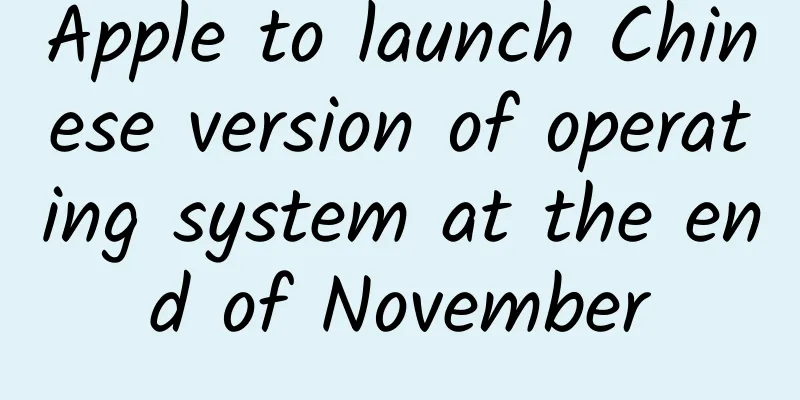The 10 most common problems on Android

|
Here are the most common React native android related cases. 1. After the app is started, the red interface shows "unable to load jsbundle" Solution: Generally speaking, you are using the dev-serve method, and your server is not correctly matched. If you are running on a mobile phone, the PC and the mobile phone need to be on the same wifi, and the menu-ip must be set to the PC's ip through the menu key. If it is an emulator, you do not need to manually set the ip. If you do, an error will occur. 2. After the app is started, the red interface shows unRegisteredProject
3.Require("xxx") component failed
4. Debugging
5.so library problem
6. About device MinSdkVerison
7. UIExplorer demo issue
8. Capability coverage
9. Data Security
10. Impact of JNI message training
|
<<: I've been writing code for 48 years, and I think I can keep going
>>: How do technical leaders transform themselves as they advance in entrepreneurship?
Recommend
Is quitting smoking suddenly harmful to your health? Is vaping healthy? 7 common rumors about smoking that have harmed many people
It has become a consensus that smoking is harmful...
The way to fine-tune APP operations: "users + push" of data
There are too many apps to choose from on the mar...
If it's too light, it's "leg-threatening", and if it's too heavy, it's "life-threatening"! What exactly is the "leg-threatening"?
Author: Liu Huajiang, deputy chief physician, Fir...
Why is Weibo becoming a standard “must-buy” marketing channel for advertisers?
On August 9, Beijing time, Weibo’s stock price re...
Is there a holiday for Children's Day this year? Is it illegal not to have a holiday on Children's Day? Attached is the latest official notification for 2022!
Tomorrow is Children's Day, and on this day ch...
Apple couldn’t afford to mess with WeChat before, and now it can’t afford to lose to China: It’s too difficult
The choice between WeChat and Apple has become a ...
How much does it cost to attract investment for Jieyang Moving App? What is the investment quotation for Jieyang Moving Mini Program?
How much is the investment cost in Jieyang Moving...
From 28 hours to 8 hours, why is the speed of "returning home from space" getting faster and faster? How many launches will there be for the construction of the space station in 2022?
On April 16, the return capsule of the Shenzhou 1...
Understand the universal formula for traffic generation and you won’t have to worry about lack of traffic!
I have seen too many people pursuing various meth...
Xiaohongshu Brand Upgrade Methodology
In the era of universal IP, many brands are tryin...
The core ideas and 14 practical methods of Weibo promotion
Weibo promotion uses Weibo as a promotion platfor...
Can Nest's launch of the central control application "Google-branded" smart home seize the entry opportunity?
Last week, Google's Nest held a press conferen...
To cool down the trend of autonomous driving, the founder of WM Motor said frankly: Before fully autonomous driving, the driver is still the main body
In recent years, many car companies and technolog...
BYD's monthly sales of new energy vehicles exceeded 30,000, and it has no plans to stop producing fuel vehicles
Recently, the automobile production and sales dat...
3 questions you must know about APP promotion and operation
3 questions you must know about APP promotion and...




![[Creative Cultivation Program] In a hundred years, will humans be unable to see a single star? Light pollution harms more than just astronomical observations](/upload/images/67f25b167f7e6.webp)




